Healthcare software has rapidly emerged as one of the most impactful and fast-growing fields in the tech industry. Already a multi-billion-dollar sector, it continues to expand with no signs of slowing down. With further developments in this field, such as “Telemedicine” and “AI”, the prospects of the impact on the future of healthcare are going to be far greater. Recent forecasts highlight just how big of a shift healthcare software is set to create in the upcoming years.
For your reference, the global healthcare market was worth $303.4 billion in 2022 and is anticipated to be worth over $1.1 trillion by 2032, with a CAGR of 13.5% during the forecast period. This growth is supported by the shift towards value-based care, the need for greater remote and data-informed care, and constant progress in medical software technology, even with hurdles like expensive implementation and data privacy issues. In this post, we will guide you with 10 major types of healthcare software that are transforming the upcoming trends in the healthcare industry.
What is Healthcare Software and Its Benefits?
Healthcare Software is a computer program designed to automate a medical professional or institution’s healthcare processes. Healthcare software systems assist health practitioners in offering better services, where patients can self-manage their health. The convenience offered by medical software programs has increased their demand over time.
The benefits offered by medical software programs extend across all healthcare practices, including:
Better Efficiency: The use of healthcare software for medical increases operational efficiency in medical practices by automating several functions and minimizing the need for manual documentation. Some examples include:
- Booking of appointments is done through software that saves time for both the patient and the healthcare provider
- Medical billing software automatically generates invoices without any errors, which simplifies business finances
Enhanced Patient Care: Healthcare providers can acquire critical patient data by systematically arranging and consolidating medical information, thus improving the quality of care. This is well explained by:
- Electronic health records (EHR) software includes a patient’s medical history, enabling the efficient delivery of customized care.
- Medical imaging software enables diagnosis through X-rays, MRIs, and CT scans, which assist in the diagnosis of medical conditions.
Informed Decision Making: With data analysis from healthcare software and the availability of patients’ medical history, medical practitioners can make more informed decisions. One prime example is:
- Medical diagnosis software that helps to enable accurate and error-free diagnosis
Streamlined Administration: Healthcare software and medical solutions simplify and accelerate billing and appointment scheduling, improving accuracy and saving time. For example:
- Telemedicine software provides online consultations, improving healthcare access to a whole new level.
Top 10 Types of Healthcare Software In 2025: Features, Cost, & Benefits
The integration of digital technologies into healthcare practices continues to be a growing trend. This is the result of extensive multidisciplinary collaboration and co-creation by different professionals, such as engineers and software developers, who work together to improve everyone’s lives.
The healthcare sector has traditionally been one of the oldest and most crucial industries in human civilization. Due to its significance, numerous technological innovations have been developed or tailored to this sector. Likewise, new software development technologies have been designed. Here are the 10 most popular types of healthcare software solutions in 2025:
1. Hospital Management System (HMS)
This is an advanced piece of software designed to automate a hospital’s internal processes and cater to specific user group needs, such as administrative staff, healthcare workers, and patients. Usually, an HMS consists of two components (interfaces): one for clinic management, work processes, and another for patients.
Hospital Management Software integrates all vital components of a clinic, starting with the very first interaction from receiving patients to treatment plans and subsequent interactions between the patient and doctor.
Moreover, it assists medical facilities and institutions in adequately allocating resources and makes it possible to predict future advancements. With this software, healthcare clinics can increase productivity, reduce tedious tasks, and enhance the quality of customer service.
| Overview | Hospital Management System (HMS) |
|---|---|
| Features | -Patient portals & dashboards -Emergency care modules -Patient registration, boarding, and billing -Ward & bed management -Digital imaging & diagnostic management |
| Benefits | -High data security -Cost & time reduction -Improved medical decision making -Enhanced patient experience -Better revenue management |
| Average Development Cost | $80,000 – $250,000 (USD) |
2. Appointment Scheduling Software
Appointment Scheduling software is used by doctors, medical institutions, and pretty much all health and wellness practitioners. These systems usually consist of two parts: an admin interface or management panel and a patient interface so that both parties can handle appointment scheduling.
The aim of this software is obvious: to enhance the process of scheduling a hospital appointment. Patients can conveniently schedule appointments, get reminders, provide necessary information to the doctor in advance, and cancel or reschedule appointment dates.
It allows the receptionist to maintain an overview snapshot with clarity about their doctors and their availability. This is a valuable feature for the hospital’s receptionist to automate repetitive tasks of adding and verifying all planned appointments. It also automatically sends reminders to the participants through email or mobile health app push notifications.
| Overview | Appointment Scheduling Software |
|---|---|
| Features | -Allows patients to schedule appointments -Sends automated reminders -Integrates seamlessly with existing calendars -Easily accessible patient portal -Scheduling pattern analytics dashboard |
| Benefits | -Increased patient satisfaction -Optimized workflow -Reduced No-shows -Enhance patient communication -Data insights |
| Average Development Cost | $5,000 – $25,000 |
3. Electronic Health Record (EHR) Software
One of the most well-recognised software systems in the medical field is Electronic Health Record (EHR) systems. These systems have a similar purpose and structure to the Customer Relationship Management (CRM) platforms used by companies, although they are more tailored to the needs of the healthcare sector. But what precisely do these medical software programs perform?
Like any other record-keeping system, Electronic Health Record software is a digital copy of a patient’s charts containing all personal details, current medicines, doctor recommendations, and medical history of procedures performed on them. Doctors may grant the right access to the patients’ records; however, only authorized personnel can modify the information saved in the system.
All in all, the EHR software helps medical practitioners and hospitals automate the cumbersome processes of storing and maintaining accurate information and records about a patient’s medical history.
| Overview | Electronic Health Record (EHR) Software |
|---|---|
| Features | -Monitoring the patient’s status -Document generation -Automated scheduling -Smart prescriptions -Reporting & data analytics |
| Benefits | -Fast diagnostics & reduced errors -Safe exchange of patients’ data -Less paperwork & time saving -Instant access to patient information -Data-based decision making |
| Average Development Cost | $50,000 – $100,000 |
4. Healthcare Tracking & Monitoring Apps
Indeed, these types of apps are pretty popular and include the most diverse subclass types of healthcare vitals monitoring software solutions. They encompass applications for monitoring vital signs and diets, physical activities and movements, including the latest category— mental wellness and health apps. While these applications don’t qualify precisely as “healthcare software products”, we can still consider them as an additional form of patient-provided medical data.
The most popular types of health monitoring apps are companions for wearable devices such as Apple Watches, Samsung Galaxy Watches, Google Pixel Watches, etc. These devices collect and display essential data necessary to monitor the user’s condition.
However, that is not the only innovation. Brands have also started designing bracelets, wristbands, and rings that help to enable diabetes tracking, fertility through menstrual cycles, or body temperature, heart rate, blood pressure, oxygen saturation, and other health indicators.
| Overview | Healthcare Tracking & Monitoring Apps |
|---|---|
| Features | -User personalization -Real-time monitoring & tracking metrics -Push notifications & reminders -Community & social sharing -Integration with smartphones |
| Benefits | -Customized goals & activities -All-in-one health tool -Multi-device compatibility -Personal accountability -Setting multiple targets |
| Average Development Cost | $30,000 – $100,000 |
5. Medical Billing Software
Medical billing software systems use templates and electronic payment gateways to automate and simplify payment and invoice processing, ultimately saving time and resources. These billing software programs almost completely alleviate the possibility of errors and reputation damage due to the automation of invoicing and billing workflows. It is also less costly, as only a few personnel are required to do this work.
You can also integrate other medical billing apps with accounting management software to create an uninterrupted user flow and coordinate all data. Such software facilitates reimbursement, financial management, and revenue collection for healthcare providers.
Even if they’re a part of integrated hospital and medical practice systems, they can still function as independent systems. While it manages billing and assists with a few more functions, modern medical billing software does far more than that.
| Overview | Medical Billing Software |
|---|---|
| Features | -Automated claims processing -Eligibility verification -Electronic remittance -Payment reminders -Electronic superbill |
| Benefits | -Improved financial processing -Reduced paperwork, manual work & errors -Optimized claims tracking -Accelerated cash flow -Better patient experience |
| Average Development Cost | $80,000 – $250,000 |
6. Electronic Prescription Software
Electronic Prescription Software, or simply E-prescription software, allows physicians to effectively manage their patients and prescribe them medications by issuing new prescriptions, cancelling or renewing existing ones, and managing the entire prescription history. The need for hand-written prescription medications is one of the main reasons for patients to visit a clinic. Unlike other formats, e-prescription software made this service fully remote.
With these solutions, any healthcare provider can save prescription information in a database and instantly transmit it to their preferred pharmacy. Countries around the world are adopting e-prescriptions, making this software necessary for every doctor and hospital. To further enhance the patient’s convenience, these systems can even allow placing orders for necessary medications directly in the patient’s preferred pharmacy.
Working with e-prescriptions is efficient and time-saving. Such medical software applications benefit both doctors and patients equally. Because all data is stored in the cloud, the chances of losing information are very low.
| Overview | Electronic Prescription Software |
|---|---|
| Features | -Electronic Prior Approval (e-PA) -Formulary checking -Medication decision support -Patient information & data -Automated adverse drug interaction |
| Benefits | -Prevention of clerical errors -Prevention of prescription drug errors -Complete patient medication records -Easy prescription fulfillment tracking -Meeting meaningful use requirements |
| Average Development Cost | $50,000 – $150,000 |
7. Medical Imaging Analysis Software
Any application capable of analyzing a medical image for diagnostic purposes, comparing images of different patients or the same patient over time to assess disease progression, and estimating prognosis is referred to as medical imaging analysis software.
Imaging modalities are regularly enhanced. Advanced imaging software allows healthcare professionals to view and evaluate images from X-rays, MRIs, and CT scans. Specialists like radiologists and oncologists use such software to interpret images, measure tumours, and evaluate disease progression. This technology helps to improve the accuracy of diagnosis and minimize invasive procedures.
Moreover, a wide variety of medical imaging software types exists, offering myriad functions such as image acquisition and display, image analysis and processing, word-based computer-aided detection and diagnosis, and beyond.
| Overview | Medical Imaging Analysis Software |
|---|---|
| Features | -2D visualization -3D construction -Image quality improvement -Image qualification -Image registration & segmentation |
| Benefits | -Secure image storing -Addressing the growing demand for medical images -Automate image analysis -Non-invasive checkup of internal anatomy -Scalability & operational efficiency |
| Average Development Cost | $150,000 – $450,000 |
8. Medical Diagnosis Software
Medical Diagnosis Software is one of the latest categories of developments in the healthcare sector. It provides a digitalized interface that ensures swift and precise clinical diagnosis. Such advanced medical software programs use AI/ML and automation technologies to analyze massive amounts of patient health data and provide an accurate diagnosis report. Such technologies, particularly “AI”, improve the patient experience and cut down costs for the organizations.
These systems help provide better diagnostic support to physicians, with the goal of achieving the utmost accuracy for every diagnosis performed. Medical diagnosis software is fundamentally based on clinical data analytics, which systematically analyzes the patient’s health records and test results to give an accurate diagnosis clinical decision algorithm for each patient.
Through this process, doctors can pinpoint patients at higher risk of suffering from certain diseases and commence early treatment. Some examples of such software include AI Chatbots and Questionnaire functionality.
| Overview | Medical Diagnosis Software |
|---|---|
| Features | -Electronic prior approval -Clinical Interoperability -Pattern recognition & data comparison -Computerized Physical Order Entry (CPOE) -Drug interaction alert |
| Benefits | -Tailored medicine for patients -Predictive medical analysis -Clinical research & trials -Efficient medical imaging diagnostics -Drug deployment & production |
| Average Development Cost | $150,000 – $450,000 |
9. Medical Equipment Management Software
Medical Equipment Management Software is among the top healthcare software programs that relieves healthcare practitioners from manually tracking different types of medical supplies and equipment. Staff members can set the application to monitor stock levels, and it will automatically notify designated personnel before the stock runs out and tell them to restock those missing supplies.
This software helps track planned maintenance of equipment and infrastructure and create all necessary work schedules. Most medical equipment management systems are integrated with broader hospital management software.
| Overview | Medical Equipment Management Software |
|---|---|
| Features | -Asset tracking & inventory -Automates reminders for routine checks -Service request & work order management -Compliance tracking & meeting safety standards -Performance analytics |
| Benefits | -Enhanced patient safety -Reduces unexpected breakdowns & service disruptions -Cost savings -Better resource planning -Helps to meet strict medical device regulations |
| Average Development Cost | $3,000 – $50,000 |
10. AR/VR Training & Simulation Software
Medical experts and healthcare professionals do not stop learning even after graduating. Acquiring new skills and knowledge and refining the old ones is a lifelong endeavour. Therefore, the potential of augmented reality (AR) and virtual reality (VR) in healthcare practitioner education is huge.
Virtual Reality has had a significant impact on medical training. With the use of special software and VR/AR gadgets, medical students can now perfect their practical skills in a risk-free, simulated setting. A realistic environment simulation can be created using VR tech, allowing doctors, surgeons, nurses, and medical students to develop essential skills through regular practice.
Digital technologies have made the latest innovations in concierge medicine software possible.AR and VR are being widely implemented in the education process, improving its effectiveness. Medical students are now able to study complex 3D models of the human body, including both healthy and disease states.
| Overview | AV/VR Training & Simulation Software |
|---|---|
| Features | -Realistic medical scenarios -Performance tracking & analysis -Customizable modules -Remote learning with the team -Multi-user support |
| Benefits | -Improves knowledge retention -Cost-effective training -Practice high-stakes procedures without patient risk -Standardized trainingAccessibility & scalability |
| Average Development Cost | $120,000 – $360,000 |
Also Read: mHealth App Development: A Complete Guide
Conclusion
The use of medical software applications is essential in improving the operational and service delivery functions of healthcare organizations.
The application of IT in the healthcare sector offers new avenues for enhancing the management of healthcare and clinical services using machine learning algorithms, data analysis, and other digital means.
Given the many benefits and possibilities, now is the ideal time to utilize medical informatics through the development of various healthcare applications. Choose the best from this medical software list and tell us, so we can start working on it now!


 Healthcare App Development Services
Healthcare App Development Services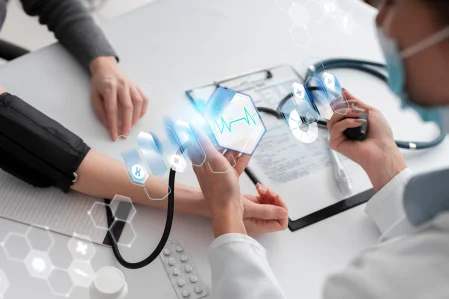
 Real Estate Web Development Services
Real Estate Web Development Services
 E-Commerce App Development Services
E-Commerce App Development Services E-Commerce Web Development Services
E-Commerce Web Development Services Blockchain E-commerce Development Company
Blockchain E-commerce Development Company
 Fintech App Development Services
Fintech App Development Services Fintech Web Development
Fintech Web Development Blockchain Fintech Development Company
Blockchain Fintech Development Company
 E-Learning App Development Services
E-Learning App Development Services
 Restaurant App Development Company
Restaurant App Development Company
 Mobile Game Development Company
Mobile Game Development Company
 Travel App Development Company
Travel App Development Company
 Automotive Web Design
Automotive Web Design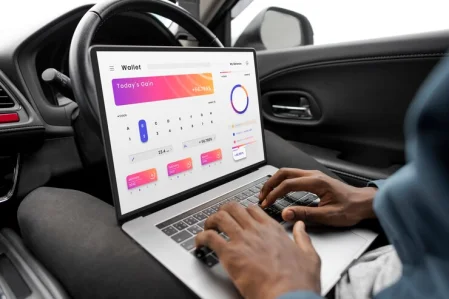
 AI Traffic Management System
AI Traffic Management System
 AI Inventory Management Software
AI Inventory Management Software
 AI Software Development
AI Software Development  AI Development Company
AI Development Company  AI App Development Services
AI App Development Services  ChatGPT integration services
ChatGPT integration services  AI Integration Services
AI Integration Services  Generative AI Development Services
Generative AI Development Services  Natural Language Processing Company
Natural Language Processing Company Machine Learning Development
Machine Learning Development  Machine learning consulting services
Machine learning consulting services  Blockchain Development
Blockchain Development  Blockchain Software Development
Blockchain Software Development  Smart Contract Development Company
Smart Contract Development Company  NFT Marketplace Development Services
NFT Marketplace Development Services  Asset Tokenization Company
Asset Tokenization Company DeFi Wallet Development Company
DeFi Wallet Development Company Mobile App Development
Mobile App Development  IOS App Development
IOS App Development  Android App Development
Android App Development  Cross-Platform App Development
Cross-Platform App Development  Augmented Reality (AR) App Development
Augmented Reality (AR) App Development  Virtual Reality (VR) App Development
Virtual Reality (VR) App Development  Web App Development
Web App Development  SaaS App Development
SaaS App Development Flutter
Flutter  React Native
React Native  Swift (IOS)
Swift (IOS)  Kotlin (Android)
Kotlin (Android)  Mean Stack Development
Mean Stack Development  AngularJS Development
AngularJS Development  MongoDB Development
MongoDB Development  Nodejs Development
Nodejs Development  Database Development
Database Development Ruby on Rails Development
Ruby on Rails Development Expressjs Development
Expressjs Development  Full Stack Development
Full Stack Development  Web Development Services
Web Development Services  Laravel Development
Laravel Development  LAMP Development
LAMP Development  Custom PHP Development
Custom PHP Development  .Net Development
.Net Development  User Experience Design Services
User Experience Design Services  User Interface Design Services
User Interface Design Services  Automated Testing
Automated Testing  Manual Testing
Manual Testing  Digital Marketing Services
Digital Marketing Services 
 Ride-Sharing And Taxi Services
Ride-Sharing And Taxi Services Food Delivery Services
Food Delivery Services Grocery Delivery Services
Grocery Delivery Services Transportation And Logistics
Transportation And Logistics Car Wash App
Car Wash App Home Services App
Home Services App ERP Development Services
ERP Development Services CMS Development Services
CMS Development Services LMS Development
LMS Development CRM Development
CRM Development DevOps Development Services
DevOps Development Services AI Business Solutions
AI Business Solutions AI Cloud Solutions
AI Cloud Solutions AI Chatbot Development
AI Chatbot Development API Development
API Development Blockchain Product Development
Blockchain Product Development Cryptocurrency Wallet Development
Cryptocurrency Wallet Development About Talentelgia
About Talentelgia  Our Team
Our Team  Our Culture
Our Culture 
 Healthcare App Development Services
Healthcare App Development Services Real Estate Web Development Services
Real Estate Web Development Services E-Commerce App Development Services
E-Commerce App Development Services E-Commerce Web Development Services
E-Commerce Web Development Services Blockchain E-commerce
Development Company
Blockchain E-commerce
Development Company Fintech App Development Services
Fintech App Development Services Finance Web Development
Finance Web Development Blockchain Fintech
Development Company
Blockchain Fintech
Development Company E-Learning App Development Services
E-Learning App Development Services Restaurant App Development Company
Restaurant App Development Company Mobile Game Development Company
Mobile Game Development Company Travel App Development Company
Travel App Development Company Automotive Web Design
Automotive Web Design AI Traffic Management System
AI Traffic Management System AI Inventory Management Software
AI Inventory Management Software AI Software Development
AI Software Development AI Development Company
AI Development Company ChatGPT integration services
ChatGPT integration services AI Integration Services
AI Integration Services Machine Learning Development
Machine Learning Development Machine learning consulting services
Machine learning consulting services Blockchain Development
Blockchain Development Blockchain Software Development
Blockchain Software Development Smart contract development company
Smart contract development company NFT marketplace development services
NFT marketplace development services IOS App Development
IOS App Development Android App Development
Android App Development Cross-Platform App Development
Cross-Platform App Development Augmented Reality (AR) App
Development
Augmented Reality (AR) App
Development Virtual Reality (VR) App Development
Virtual Reality (VR) App Development Web App Development
Web App Development Flutter
Flutter React
Native
React
Native Swift
(IOS)
Swift
(IOS) Kotlin (Android)
Kotlin (Android) MEAN Stack Development
MEAN Stack Development AngularJS Development
AngularJS Development MongoDB Development
MongoDB Development Nodejs Development
Nodejs Development Database development services
Database development services Ruby on Rails Development services
Ruby on Rails Development services Expressjs Development
Expressjs Development Full Stack Development
Full Stack Development Web Development Services
Web Development Services Laravel Development
Laravel Development LAMP
Development
LAMP
Development Custom PHP Development
Custom PHP Development User Experience Design Services
User Experience Design Services User Interface Design Services
User Interface Design Services Automated Testing
Automated Testing Manual
Testing
Manual
Testing About Talentelgia
About Talentelgia Our Team
Our Team Our Culture
Our Culture
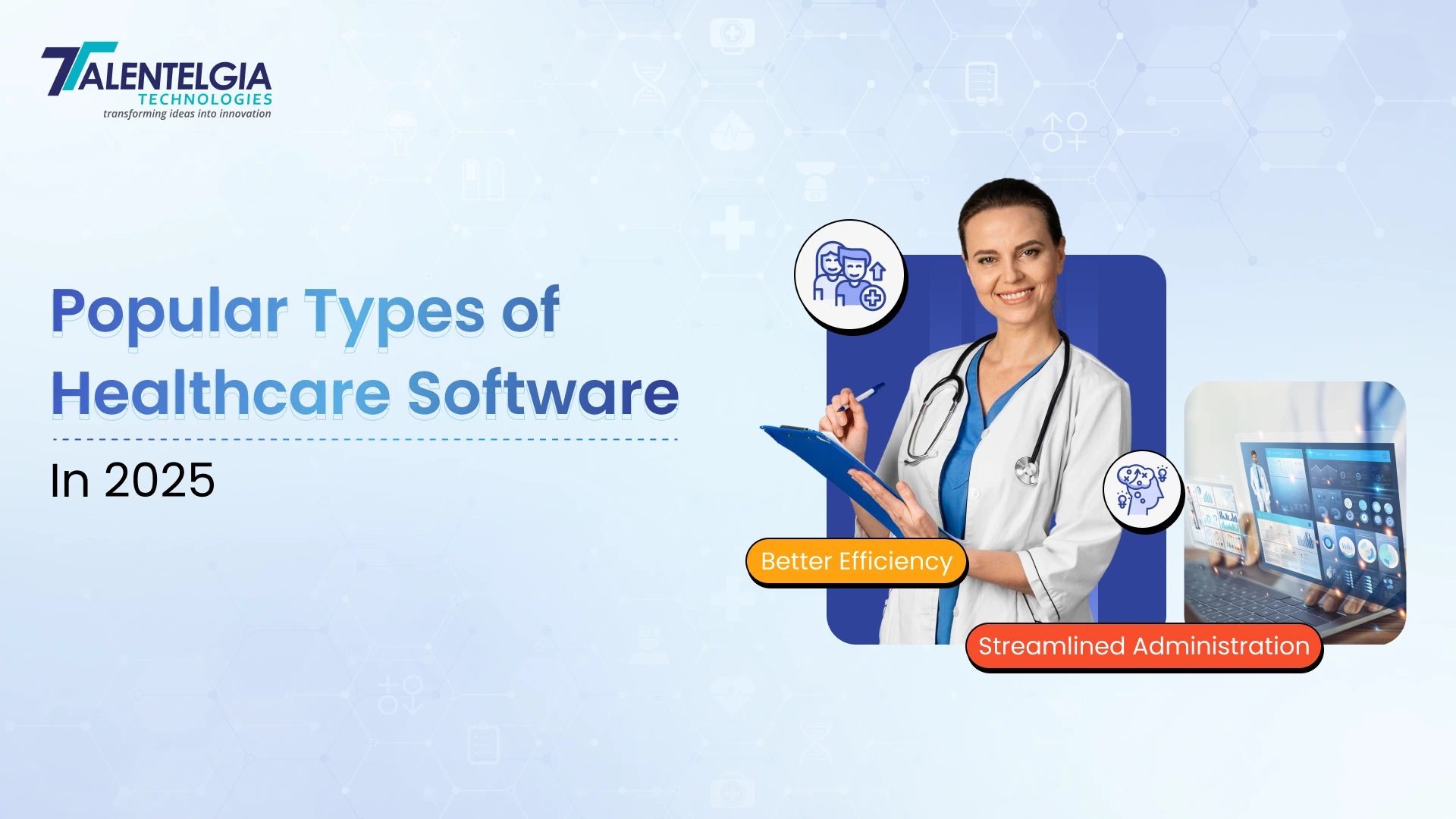



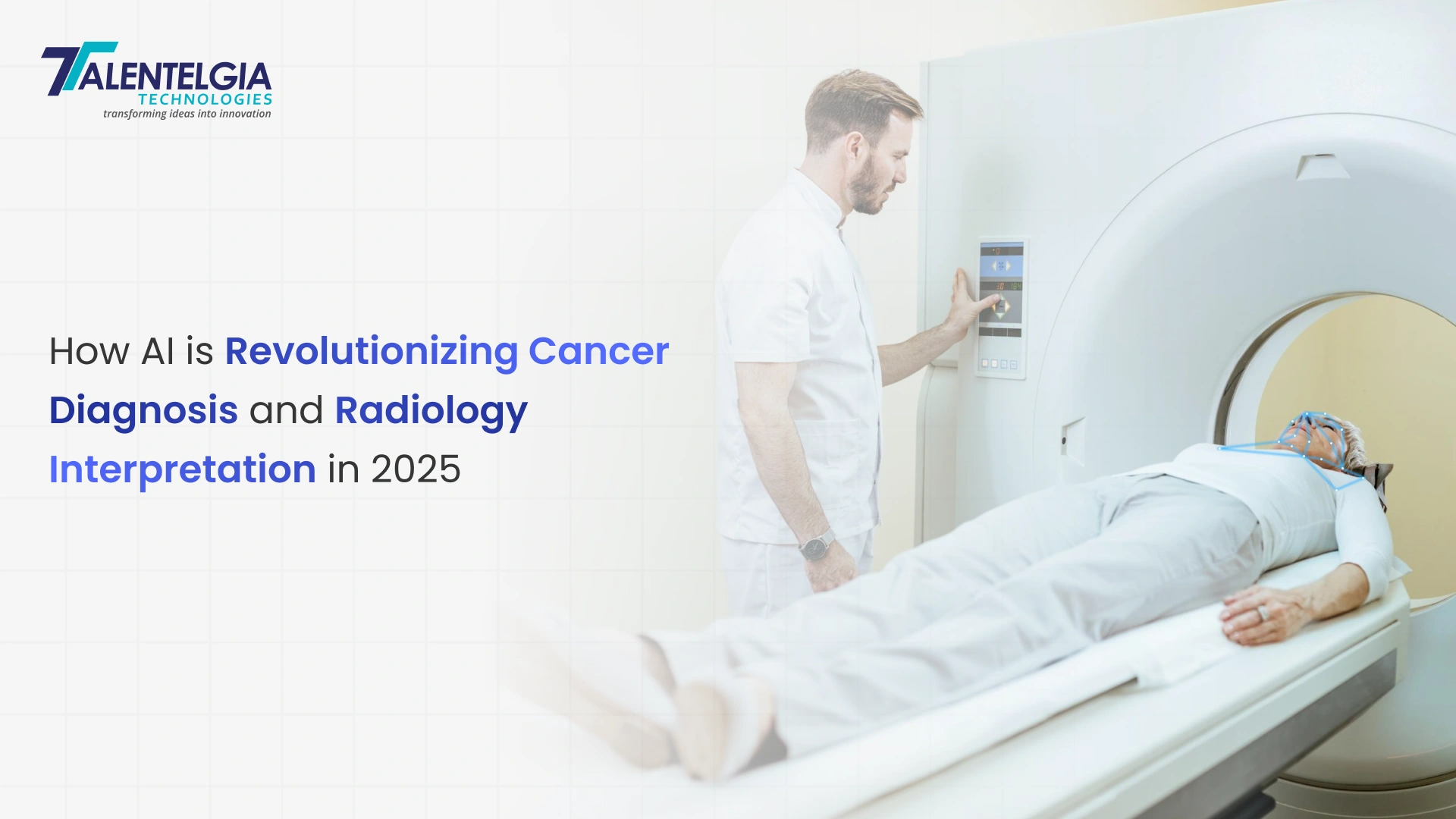

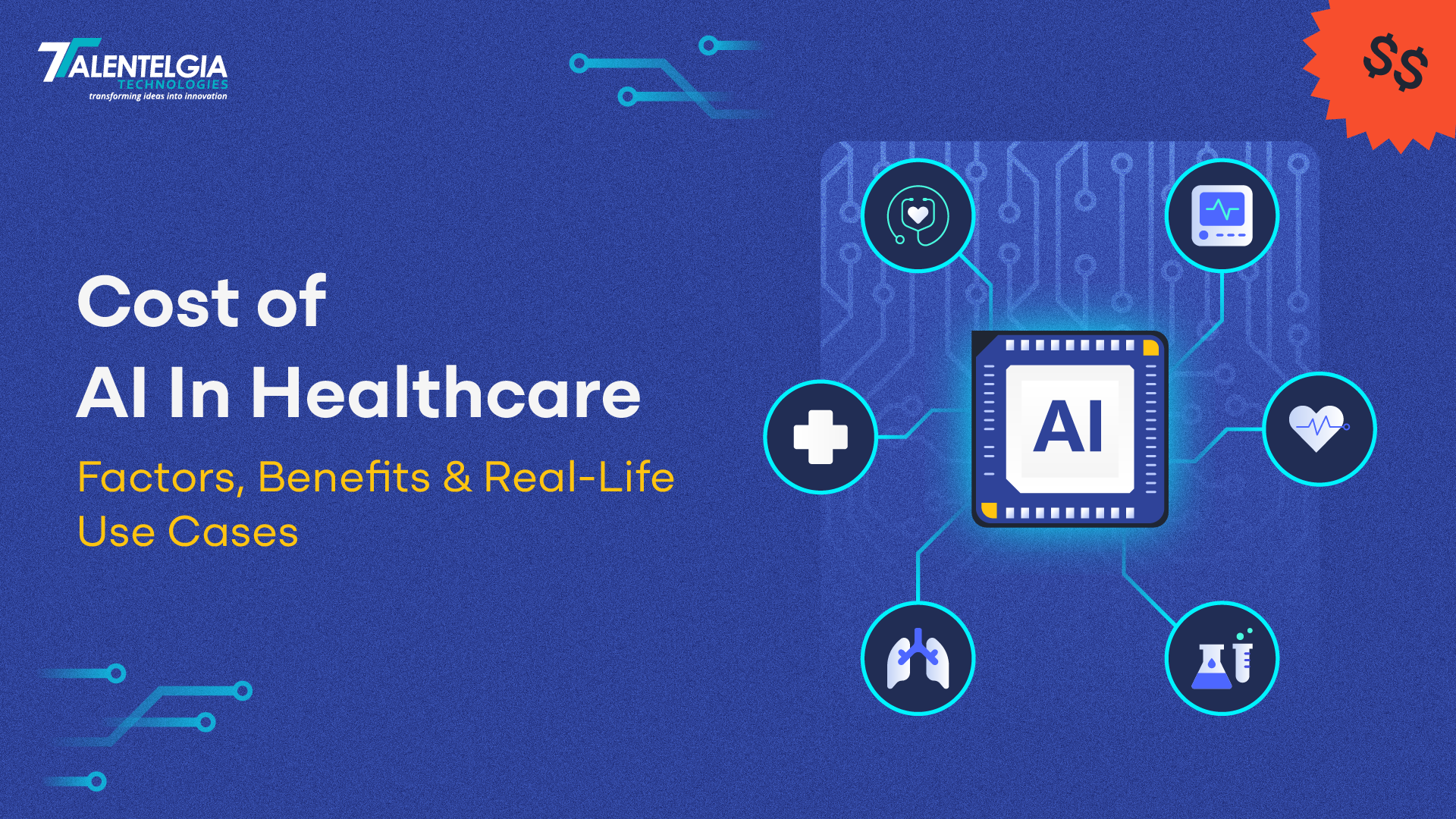










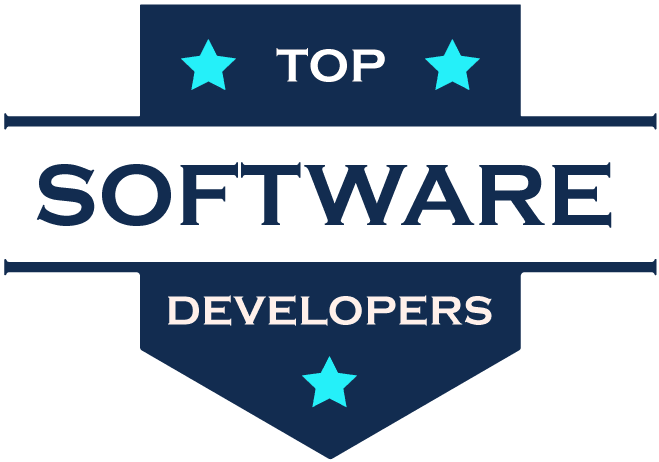
 Write us on:
Write us on:  Business queries:
Business queries:  HR:
HR: 




